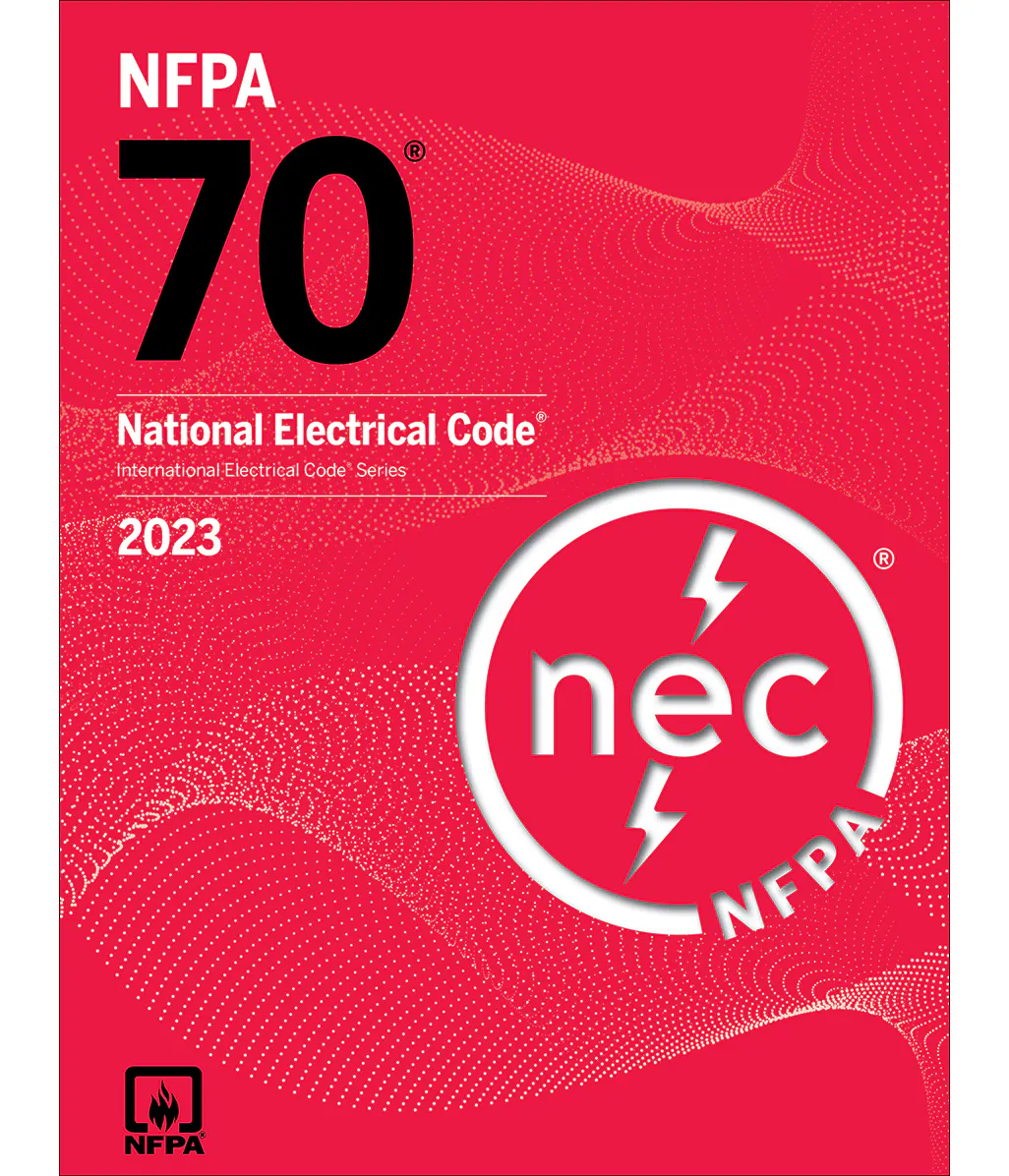The National Electrical Code (NEC), published by the National Fire Protection Association (NFPA), serves as the cornerstone for electrical safety standards in the United States. However, navigating through its dense and technical language can be daunting for electricians, engineers, and even DIY enthusiasts. In this blog post, we’ll embark on a journey to decode the NEC language, shedding light on its structure, terminology, and significance in ensuring safe electrical installations.
Understanding the NEC Language:
- Structure of the NEC: The NEC is organized into chapters, articles, and sections, each addressing specific aspects of electrical installation, maintenance, and safety. Chapters are broad categories, articles provide detailed requirements, and sections offer specific provisions and guidelines.
- Terminology: The NEC employs precise and technical language to convey its requirements and recommendations. Understanding key terms and definitions is essential for interpreting its provisions accurately. Examples include “branch circuit,” “grounding electrode,” and “overcurrent protection.”
- Code Adoption: While the NEC sets forth national standards for electrical safety, its adoption and enforcement vary by jurisdiction. Local authorities, such as building departments and electrical inspection agencies, may adopt the NEC with amendments or modifications to suit regional needs and conditions.
- Updates and Revisions: The NEC undergoes regular updates and revisions to reflect advancements in technology, industry practices, and safety standards. Electricians and professionals must stay informed about the latest NEC editions and revisions to ensure compliance with current requirements.
Tips for Deciphering the NEC Language:
- Read Carefully: Take the time to read and understand the language of the NEC thoroughly. Pay attention to definitions, exceptions, and explanatory notes to grasp the intent behind each provision.
- Consult References: Utilize supplemental resources, such as code commentaries, handbooks, and training materials, to clarify complex topics and interpretations of NEC requirements.
- Training and Education: Invest in training courses and educational programs focused on the NEC to enhance your understanding of its language, principles, and applications.
- Ask for Guidance: Seek guidance from experienced professionals, code officials, and electrical inspectors when interpreting ambiguous or unfamiliar NEC requirements. Collaborating with peers and mentors can provide valuable insights and clarification.
Importance of Understanding the NEC Language:
- Safety: The primary objective of the NEC is to promote electrical safety and prevent hazards such as electrical fires, shocks, and equipment failures. Understanding its language and requirements is essential for ensuring safe electrical installations and operations.
- Compliance: Compliance with NEC standards is mandatory for electrical installations in most jurisdictions. Failure to adhere to NEC requirements can result in code violations, fines, and legal liabilities.
- Quality and Reliability: Adhering to NEC standards ensures the quality, reliability, and longevity of electrical systems and equipment. Proper installation and maintenance practices based on NEC guidelines minimize the risk of malfunctions, failures, and accidents.
- Professionalism: Demonstrating proficiency in understanding and applying NEC requirements reflects professionalism and competence in the field of electrical work. It instills confidence in clients, employers, and regulatory authorities regarding the integrity and safety of electrical installations.
Conclusion:
In conclusion, understanding the language of the National Electrical Code (NEC) is essential for professionals and enthusiasts involved in electrical work. By deciphering its terminology, structure, and requirements, individuals can ensure compliance with safety standards, enhance the quality and reliability of electrical installations, and promote a culture of professionalism and excellence in the electrical industry.

